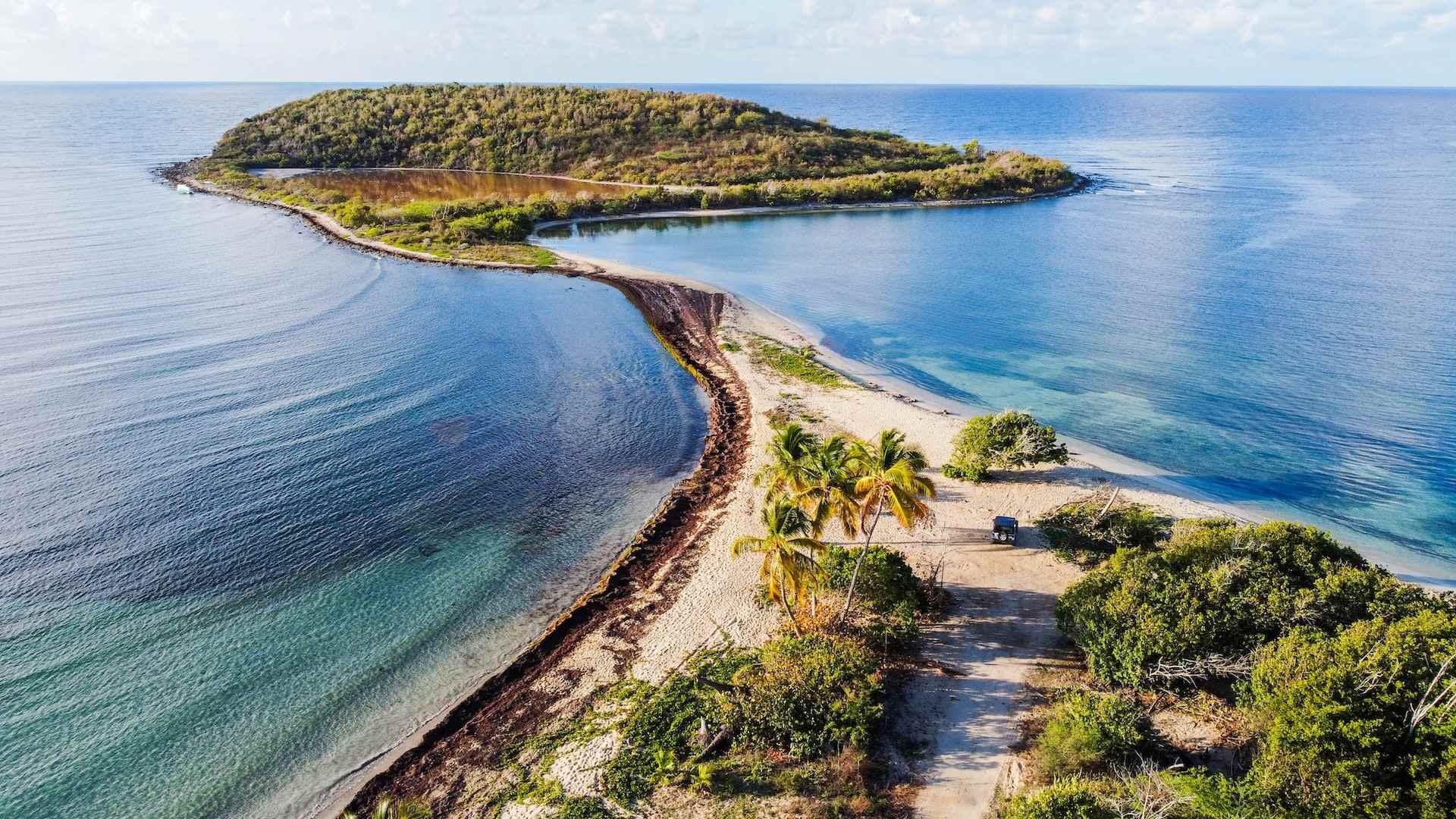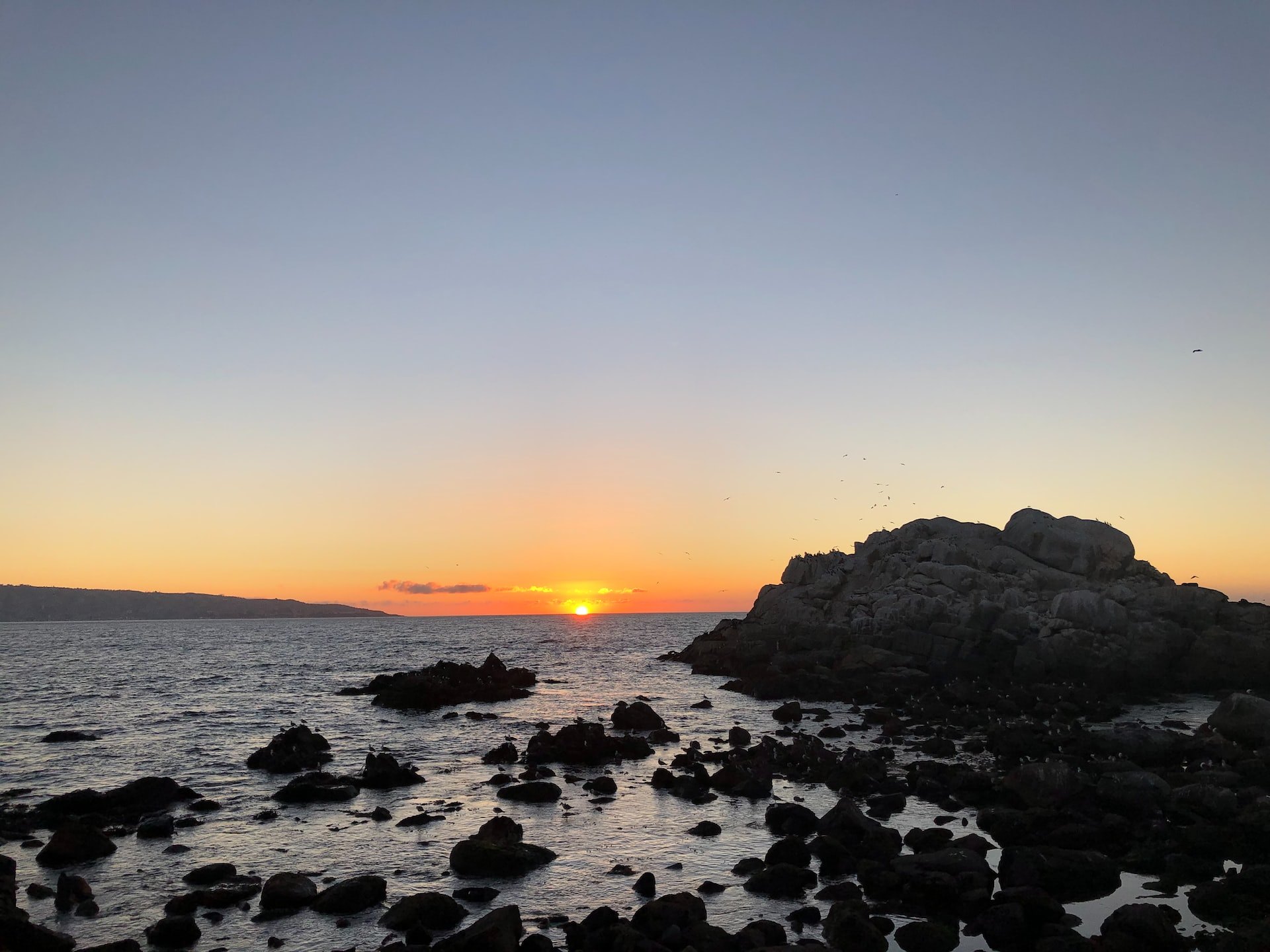Vigan neighborhoods are a unique blend of Spanish and Filipino heritage, with narrow cobblestone streets, colorful houses, and historic churches. The city is known for its well-preserved architecture, and it is a UNESCO World Heritage Site. In this blog post, we will take a look at some of the most popular neighborhoods in Vigan, highlighting their main attractions and what makes them special.
Calle Crisologo
Calle Crisologo is one of the most popular tourist spots in Vigan. The street is lined with well-preserved colonial houses, many of which have been converted into souvenir shops, restaurants, and inns. The street is also home to the St. Paul Metropolitan Cathedral, a beautiful church that dates back to the 18th century. Visitors can take a horse-drawn carriage ride along the street to fully appreciate the architecture and atmosphere.
Vigan Heritage Village
Vigan Heritage Village is a living museum that showcases the traditional architecture of Vigan. The village is made up of more than 20 houses that have been restored to their original condition, and it offers a glimpse into the way of life during the Spanish colonial period. Visitors can take a guided tour of the village, which includes a visit to a traditional bahay na bato (stone house), a pottery workshop, and a blacksmith shop.
Bantay Bell Tower
The Bantay Bell Tower is a historic watchtower located on top of a hill in the town of Bantay, just outside of Vigan. The tower dates back to the 16th century and was built to protect the town from invaders. Visitors can climb the tower for a panoramic view of the city and the surrounding countryside.
Syquia Mansion
The Syquia Mansion is a grand 19th-century house that was once the residence of the prominent Syquia family. The mansion is a beautiful example of Spanish colonial architecture, with intricate wood carvings and ornate furnishings. Visitors can take a guided tour of the house, which includes a visit to the Syquia Museum, which houses a collection of art and artifacts from the family.
Plaza Burgos
Plaza Burgos is a small park located in the heart of Vigan. The park is named after the priest and martyr Father Jose Burgos, who was one of the most prominent figures in the Philippines during the Spanish colonial period. The park is a popular spot for locals and visitors alike, with a fountain, a bandstand, and several benches where you can sit and enjoy the sights and sounds of the city.
Vigan Cathedral
Vigan Cathedral, also known as the St. Paul Cathedral, is a beautiful Catholic church located in the heart of the city. The church was built in the 18th century in the Baroque style, and it is one of the most important historical landmarks in Vigan. Visitors can take a tour of the church, which includes a visit to the crypt and the bell tower.
Mestizo District
The Mestizo District is one of the oldest neighborhoods in Vigan. The district is known for its well-preserved colonial houses, many of which have been converted into inns and restaurants. The district is also home to the St. Anne Parish Church, a beautiful church that dates back to the 18th century. Visitors can take a leisurely stroll along the narrow cobblestone streets, admiring the traditional architecture of the houses and the beautiful gardens.
Calle Salcedo
Calle Salcedo is a picturesque street located in the heart of Vigan. The street is lined with well-preserved colonial houses, many of which have been converted into souvenir shops and restaurants. Visitors can take a horse-drawn carriage ride along the street to fully appreciate the architecture and atmosphere. The street is also home to the Salcedo Family Museum, which is a must-see for anyone interested in the history of the city.
Vigan City Market
The Vigan City Market is a bustling market located in the heart of the city. The market is known for its wide variety of products, including fresh fruits and vegetables, traditional handicrafts, and souvenirs. Visitors can also find traditional Filipino street food at the market, such as empanadas and longganisa. The market is a great place to experience the local culture and pick up some souvenirs to take back home.
Vigan Pottery Industry
Vigan is known for its pottery industry, and the city is home to several pottery workshops where visitors can watch artisans at work. Visitors can also purchase pottery pieces such as jars, vases, and other decorative items. The pottery industry is an important part of Vigan’s culture and history, and it is a great way to experience the local traditions and craftsmanship.
Bantay Abot Cave
The Bantay Abot Cave is a unique natural attraction located just outside of Vigan. The cave is known for its beautiful rock formations and subterranean river. Visitors can take a guided tour of the cave, which includes a boat ride along the subterranean river. The cave is also home to several species of bats, and visitors can watch them fly out of the cave at sunset.
In conclusion, Vigan is a city that has much to offer visitors. From the well-preserved colonial houses of Calle Crisologo to the bustling city market, there is something for everyone. The neighborhoods of Vigan are a unique blend of Spanish and Filipino heritage, and together they paint a picture of a rich and diverse culture that continues to thrive today. Whether you’re interested in history, architecture, or the arts, you’re sure to find something to love in Vigan.



